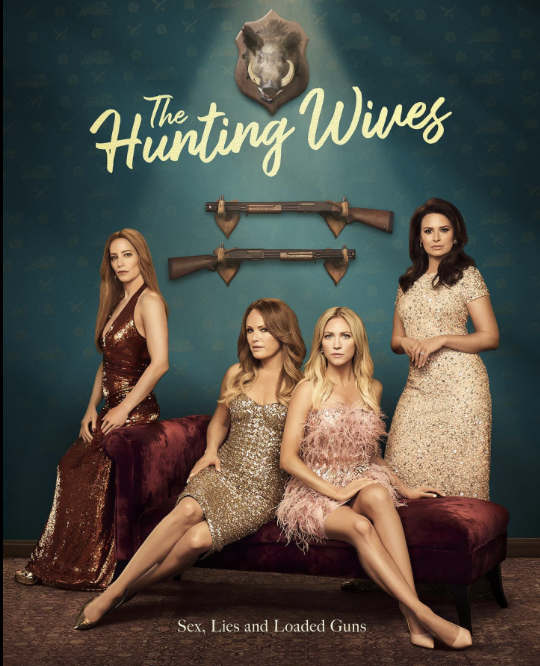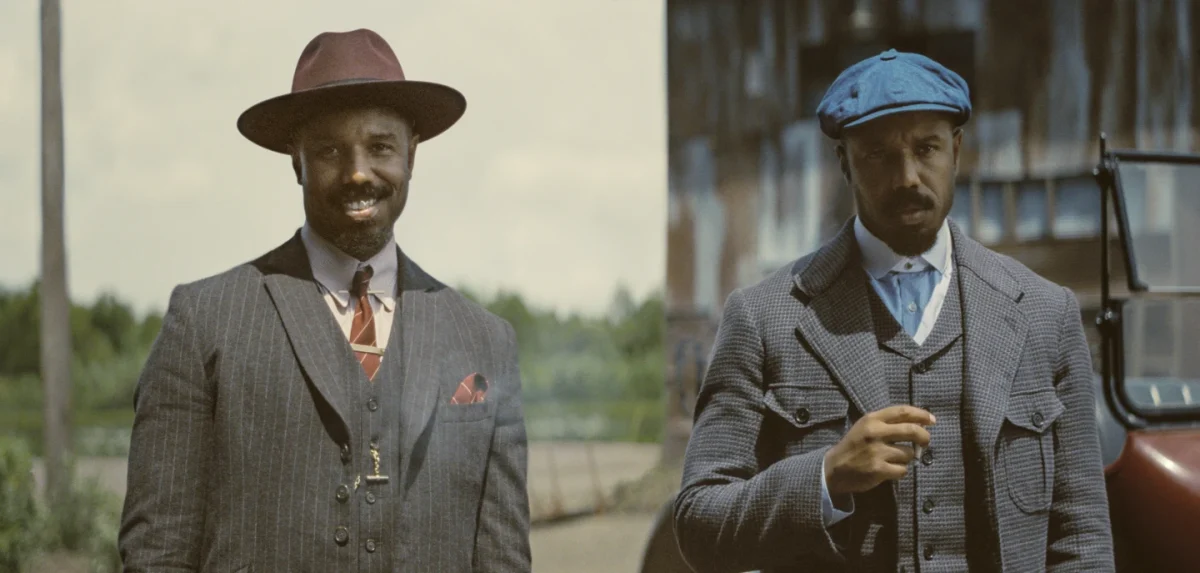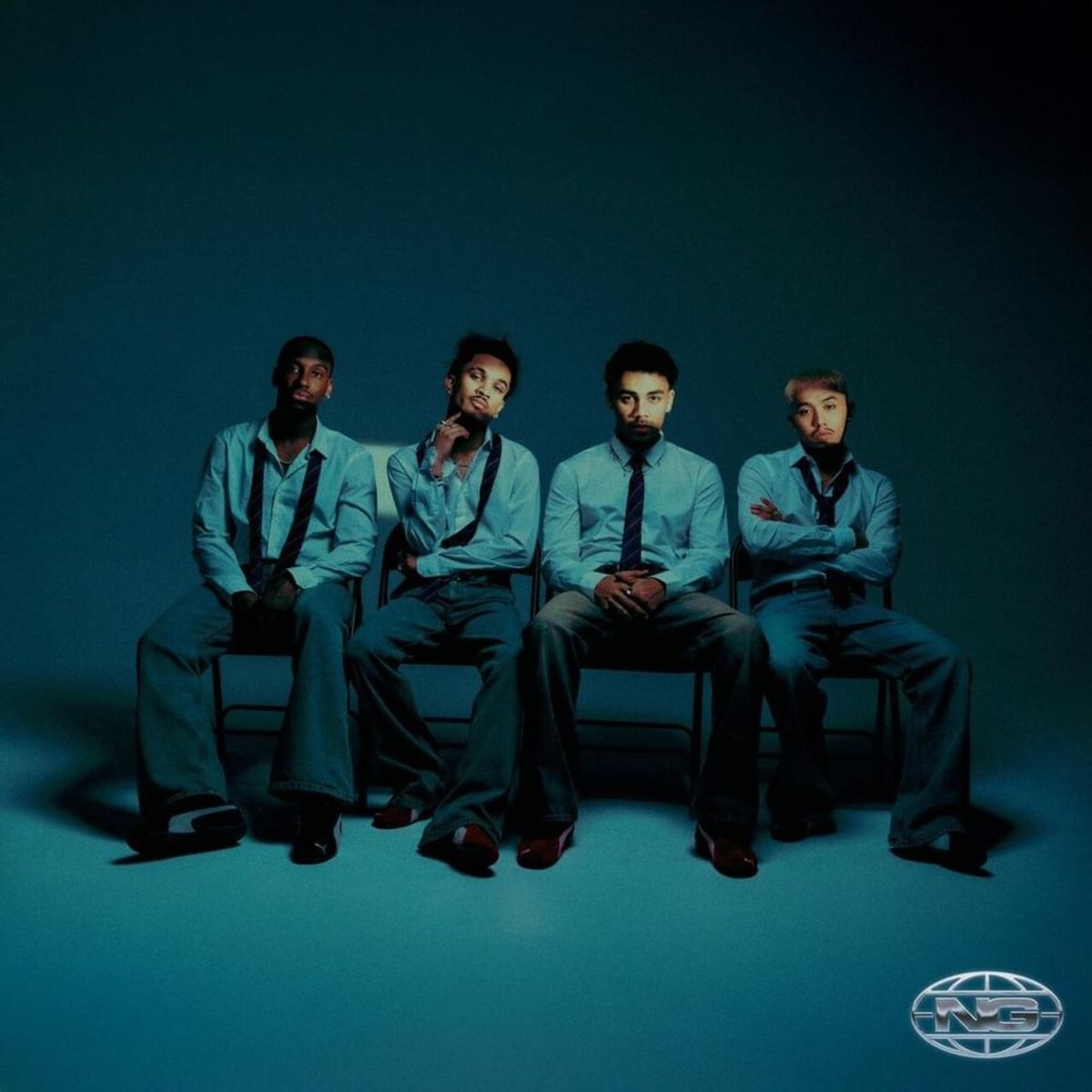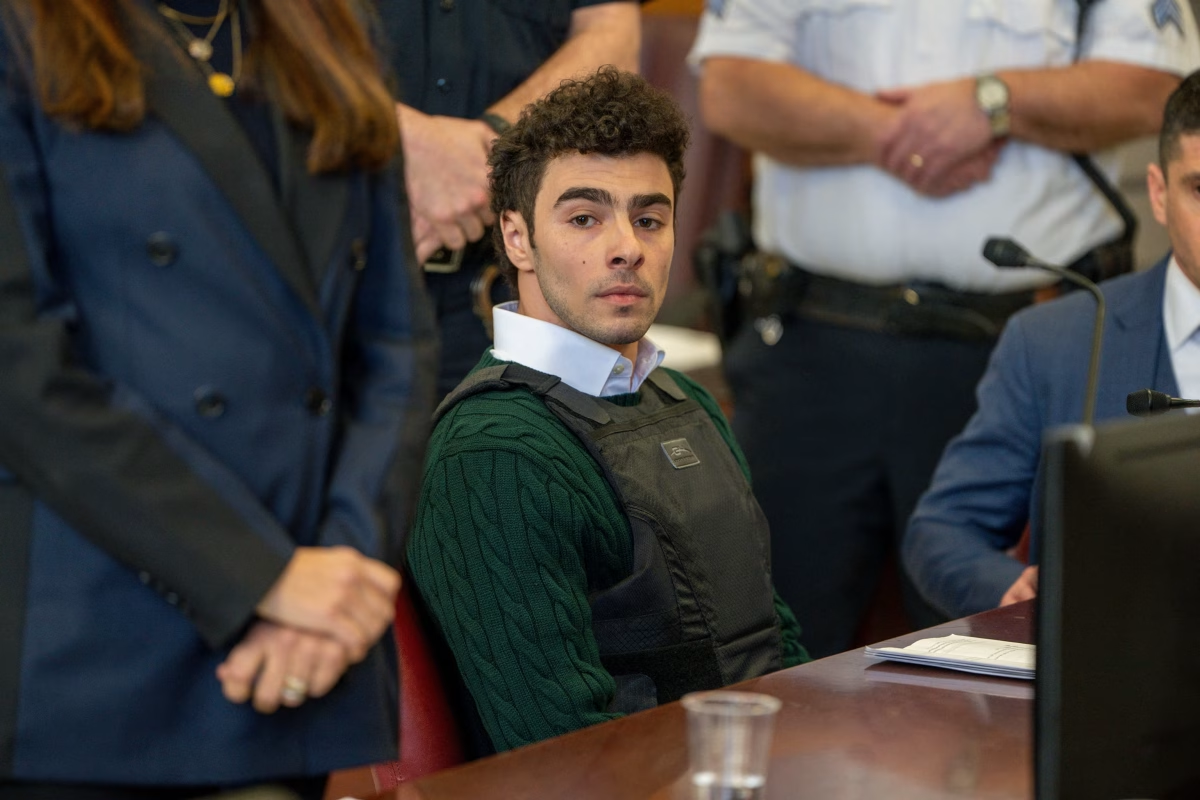I think films like “Ain’t Them Bodies Saints” are mainly a response to the accusations that Hollywood is sorely lacking in originality.
Instead of coming up with new ideas, filmmakers have decided to just take classic archetypes and try putting new spins on them for the next generation. For his part, Director David Lowery has chosen to reintroduce Terrence Malick’s aesthetic qualities and romantic themes with an undeniable infatuation. This definitely evokes the good old days but looking at this film and similar ones like Guillermo del Toro’s “Pacific Rim” begs the question of how long nostalgia can sustain us in the long run.
Set in 1970s Texas, the story focuses on Bob Muldoon (Casey Affleck) and Ruth Guthrie (Rooney Mara), two young lovers who decide to commit a robbery and run away together with the loot. When things don’t go as planned and they become cornered in a remote farmhouse, Ruth shoots one of the cops. Knowing that she is pregnant with their child and that escape is futile, Bob takes the blame and goes to prison. Ruth manages to settle down and raise their daughter.
Four years later, Bob escapes and is determined to reunite with his family even with law enforcement in hot pursuit, while Ruth is investigated and later courted by Patrick Wheeler (Ben Foster), the cop whom she unknowingly shot.
First and foremost, the cast are the ones who rightfully own this film. Casey Affleck does a fine job in his portrayal of a sympathetic outlaw whose rough demeanor and sometimes quirky mannerisms play out with unnerving believability, while Rooney Mara brings a soft, feminine edge that keeps things grounded on the emotional side whenever things start to heat up. Both actors share a unique chemistry that imbues feelings of innocence reminiscent of past love stories with ever sinking into sentimentality. Ben Foster also gives an impressive performance that feels not quite so manic compared with his usual roles. And then there’s Keith Carradine, who plays Ruth’s protector with undeniable finesse that gives the setting a truly authentic feel.
“Ain’t Them Bodies Saints” is fairly impressive from a technical perspective. The costumes and buildings are clearly reminiscent of the time period, which is perfectly captured in an impressive display of cinematography. Lowery uses this to propel the narrative at a steady pace that allows us to admire the visuals of his film and focus on the character’s emotions as they perform various actions, namely scenes where Ruth playfully walks her daughter home from church and Bob wanders through rugged landscapes during his journey home.
Then we have Lowery’s obsession with Terrence Malick, which is loudly professed to the stars through the Western scenery of fields, railroad yards, and rural neighborhoods. Echoes from “Badlands” are heard all throughout the film and there are several attempts to evoke the romanticism that permeates the fabled director’s filmography. This is where Lowery stumbles, trying too hard to replicate and pay homage to Malick’s work rather than be inspired to make something of his own. Even if the plot is never specifically borrowed from other films, it rings so heavily with nostalgia that certain elements of the material appear redundant. However, that just makes it more heavy-handed than unwatchable.
Judging a film based on the nature of its homages might seem unfair but when they extend all the way to the core of the film and define its very essence, that’s where the test begins. Does it pay respect to classic archetypes and utilize new ideas, or does it just rehash things which have already been done before? Lowery proves himself worthy of a director’s career but should perhaps experiment with different material, for future reference. Casual viewers who are indifferent or have no knowledge of Malick will probably enjoy this film but anyone else will find ignoring his presence difficult. Personally, I did like this film overall and admire the artistic charm it possesses. If only there was some more substance to help elevate things.







